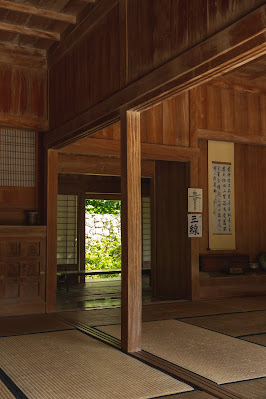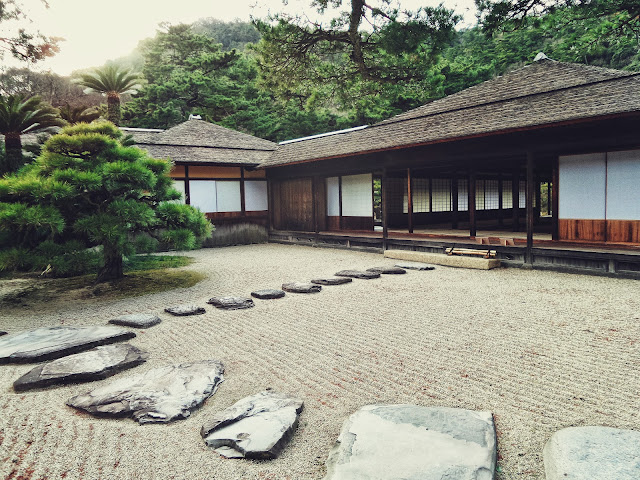The challenges of renovating akiya are significant, as these homes often require extensive repairs and upgrades to meet modern safety standards. Many of these properties were built several decades ago and have fallen into disrepair, making them unappealing to Japanese buyers. However, a growing number of foreigners have been attracted to the low prices and unique architecture of these abandoned homes, seeing them as an opportunity to own a piece of Japan's history.
One of the major challenges of renovating akiya is the language
barrier, as many of the properties are located in remote areas where English is
not widely spoken. Foreign buyers may also struggle with navigating the complex
legal and financial systems in Japan, making it difficult to secure financing
and navigate the property transfer process.
Despite these challenges, the Japanese government has launched
several initiatives to encourage the renovation and reuse of akiya. In 2018,
the Ministry of Land, Infrastructure, Transport and Tourism launched a website
called Akiya & Residences to promote vacant homes in rural areas and
connect potential buyers with local real estate agents. The government has also
introduced tax incentives for those who renovate akiya, with the goal of
revitalizing rural communities and reducing the number of abandoned homes.
However, the emotional toll of family disputes over inherited
properties has added to the problem of akiya. In Japan, inheritance is often
divided equally among all family members, leading to disputes over who should
take responsibility for maintaining the family home. This has contributed to a
growing number of abandoned properties and akiya, as families struggle to come
to an agreement on what to do with inherited properties.
The growing problem of Japan's abandoned homes, or akiya, is a
complex issue with no easy solutions. While government initiatives to promote
the renovation and reuse of akiya have shown some promise, language and
cultural barriers, as well as the emotional toll of family disputes over
inherited properties, continue to present challenges. Despite these obstacles,
a growing number of foreigners are taking advantage of the low prices and
unique architecture of akiya, seeing them as an opportunity to breathe new life
into Japan's rural communities.
Did you know that by 2033, abandoned homes known as
"akiya" are expected to make up over 30% of Japan's housing stock? Have
you ever considered purchasing an abandoned home in rural Japan, and if so,
what challenges do you think you would face in renovating and making it your
own?
What do you think can be done to address the growing problem of
abandoned homes in Japan, and how can the country ensure the preservation of
its cultural heritage while revitalizing its rural communities?



Comments
Post a Comment